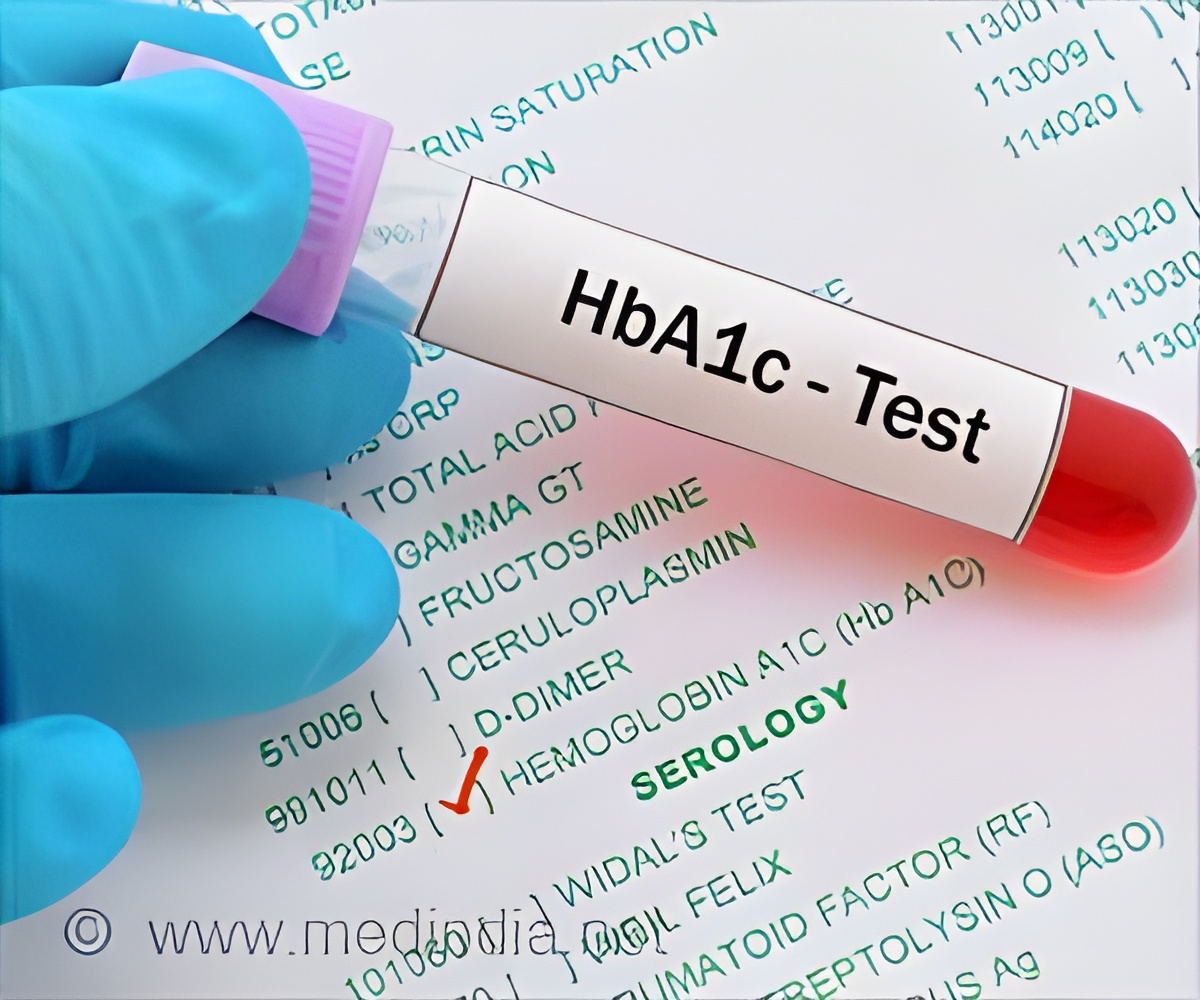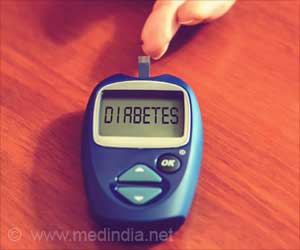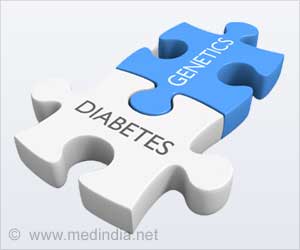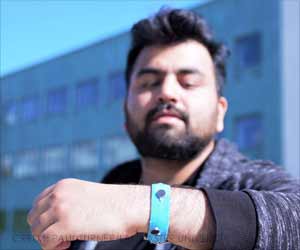A1c test, which is used to diagnose both types of diabetes, is found to be unreliable and underestimates the prevalence of diabetes.

‘A1c test should be used in conjunction with the oral glucose tolerance test to determine the prevalence of diabetes accurately.’
Read More..




The hemoglobin A1c is a test that shows the average level of blood sugar over the past two to three months. People who have diabetes usually have this test to see whether their blood sugar levels have been staying within a target range. This test is also used to diagnose type 1 and type 2 diabetes. It is often used to diagnose diabetes because no fasting or any preparation is required. Read More..
A glucose tolerance test, also known as the oral glucose tolerance test, measures the body's response to sugar (glucose). In this test, a person's blood is taken after an overnight fast, and then again two hours after they drink a sugary drink. The glucose tolerance test can be used to screen for type 2 diabetes.
The new study included 9,000 adults without a diabetes diagnosis. The participants got both an A1c test and an oral tolerance glucose test, and the researchers compared the results. The researchers found the A1c test didn't catch 73 percent of diabetes cases that were detected by the oral glucose test. "The A1c test said these people had normal glucose levels when they didn't," Chang Villacreses said.
The researchers also found race and ethnicity had a significant impact on the accuracy of A1c. It was more likely to detect abnormal glucose levels in non-Hispanic whites than in non-Hispanic blacks or Hispanics.
"Our results indicated that the prevalence of diabetes and normal glucose tolerance defined solely by A1c is highly unreliable, with a significant tendency for underestimation of the prevalence of diabetes and overestimation of normal glucose tolerance," Chang Villacreses said.
Advertisement











